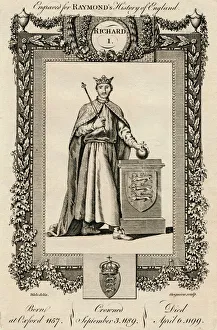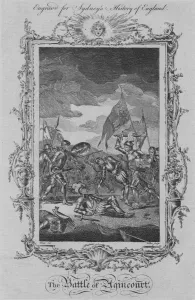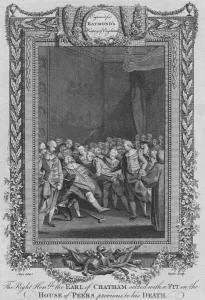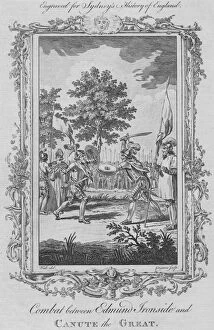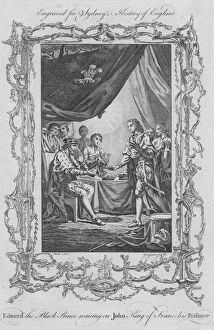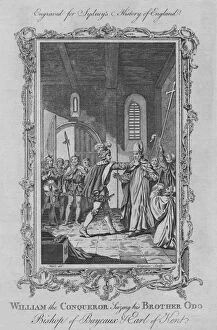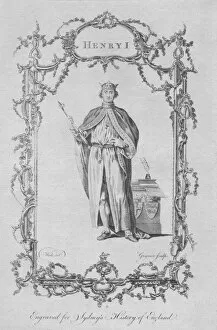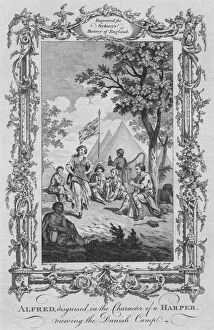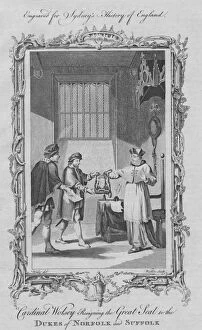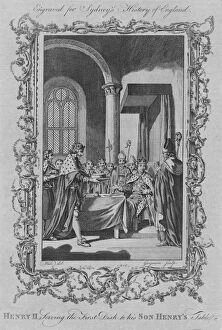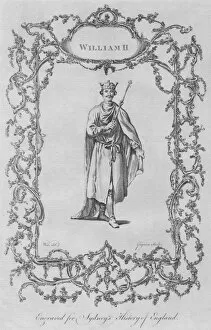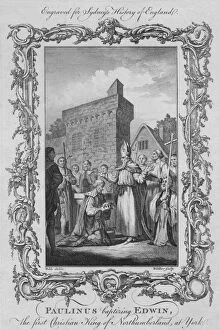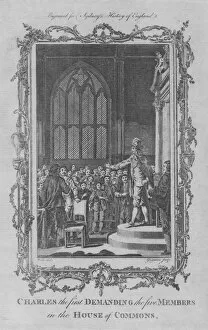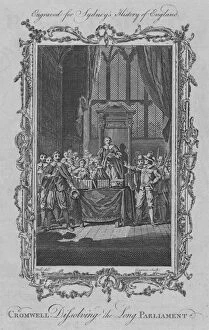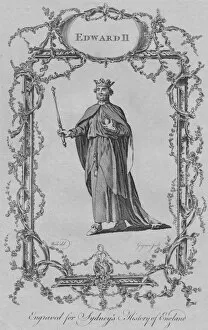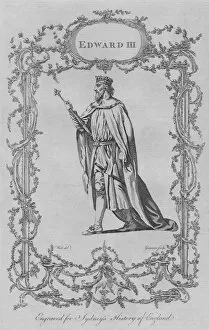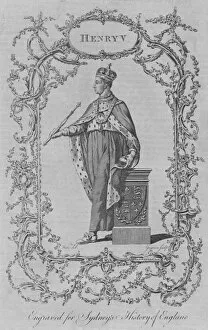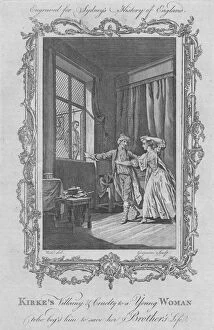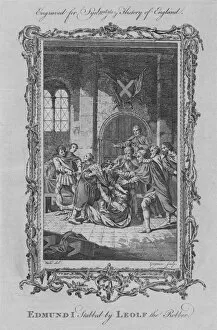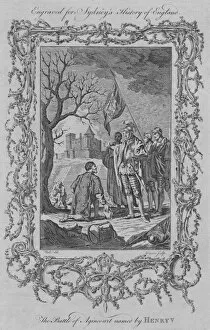J Cooke Collection
"J. Cooke: A Glimpse into Historical Moments" Step back in time with J. Cooke, a witness to the most significant events of his era
All Professionally Made to Order for Quick Shipping
"J. Cooke: A Glimpse into Historical Moments" Step back in time with J. Cooke, a witness to the most significant events of his era. From Richard I's reign to the Battle of Agincourt, he captured history through his artistry. In 1157, Richard I ascended the throne, becoming a formidable ruler whose legacy would endure for centuries. J. Cooke's depiction showcases the strength and determination that defined this iconic king. The Battle of Agincourt in 1773 was an epic clash between England and France during the Hundred Years' War. Through J. Cooke's brushstrokes, we can almost hear the thundering hooves and feel the tension on that fateful day. Even within political chambers, drama unfolded as seen in "The Right Honourable Earl of Chatham seized with a Fit in the House of Peers. " This gripping scene captures a moment when power collided with vulnerability. George II ruled during turbulent times, yet Charles Grignion's portrait immortalizes him as a steadfast monarch who weathered storms with grace and resilience. Another captivating piece by Charles Grignion depicts Edmund Ironside locked in combat against Canute the Great—a battle etched forever into history books. Tragedy struck when Richard I was mortally wounded by Bertram de Gourdon's arrow from atop castle walls—an event depicted poignantly by J. Cooke's skilled hand. "The Death of Lord Hastings" offers an intimate glimpse into one man’s final moments—William Walker masterfully capturing both sorrow and reverence surrounding this noble figure’s passing. Henry II emerges from Charles Grignion’s artwork as a regal presence—a king whose rule shaped medieval England profoundly and left an indelible mark on its history pages. Edward The Black Prince waits upon John King of France—his captive—in another poignant painting that reflects both triumphs won on battlefields and bonds forged amidst adversity. "The Maid of Orleans receiving the Sword of St.

